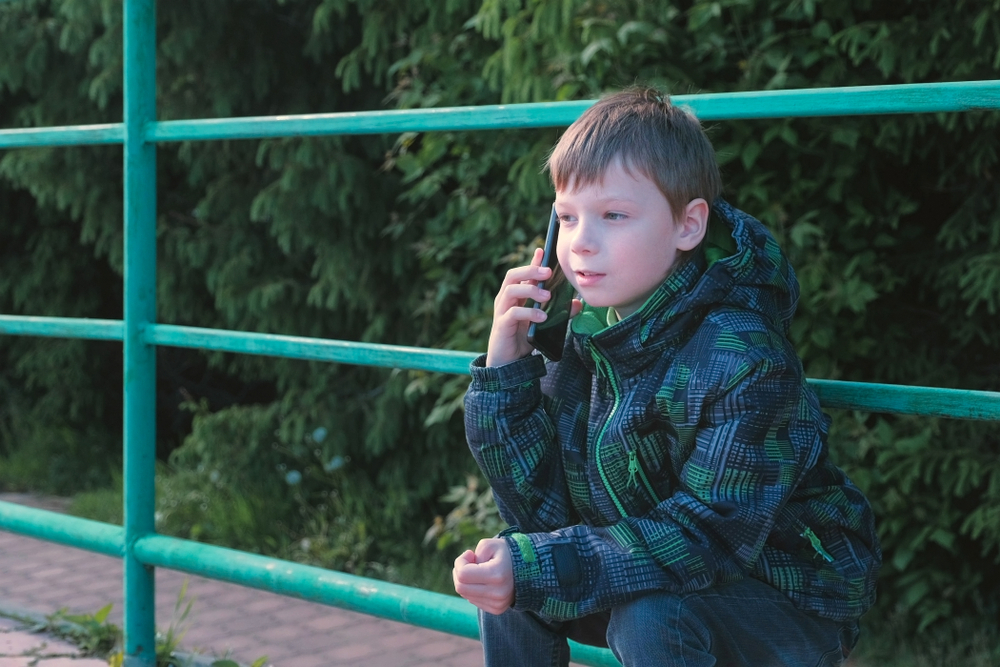During an interview on BBC Radio 5 Live, BBC News reports that Amanda Spielman, Ofsted’s chief inspector, says she is “surprised” when primary school children have smartphones. She added “The first thing you can do is not give a child a smartphone when they’re too young,”
When asked whether she thought no child under the age of 11 should be given smartphones, she said: “I’m not comfortable with younger children having unlimited internet access.”

How can you make a mobile phone safe for younger children?
Use a child-safe mobile network, such as ParentShield
Using a fully monitored and controlled service, such as ParentShield, allows the control of mobile data in multiple ways – all remotely, from the ParentShield portal:
This means that you have full control over when the phone can use mobile data, so that it can be used at times where it can be properly monitored, or just for location purposes. Additionaly, time controls and SchoolBlock also restrict calls and texts to prevent classroom distractions.
Set Internet controls if introducing a smartphone
When intruding a smartphone, we would advise setting up phone parental controls in addition to the ParentShield service so that you can control access via Wifi and personal hotspots etc, and manage applications and Internet access, for full control.
Consider a non-smartphone
Smartphones are not the only option, particularly for younger children. For primary age children many parents simply opt for emergency phones for kids
As ParentShied’s SIM cards are Tri-Cut universal SIM’s and are 2G, 3G, 4G compatible and 5G ready, they will work in any unlocked mobile phone and ParentShield’s protective features work in exactly the same way as they would in a latest smartphone.
Summary
Large amounts of unmonitored data that allows unlimited access to the internet is a Safeguarding risk. Choosing a special mobile network with suitable plans and controls; and choosing the right phone for the Childs age and ability, and setting it up correctly, is key.
